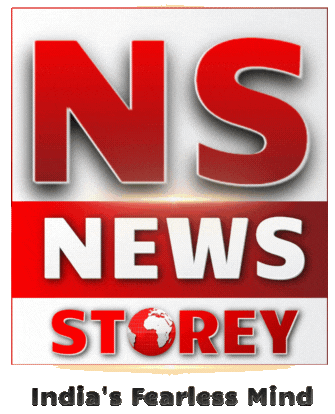Rising River Sparks Alarm
Delhi is reeling under fresh flooding as the Yamuna crossed the 207-metre mark on Wednesday afternoon, sparking fears of another devastating spell similar to 2023. The Central Water Commission (CWC) confirmed that the river level touched 207 metres at 1 pm, forcing authorities to step up evacuation measures and extend emergency closures across the city.
The river had already crossed the 206-metre threshold on Tuesday evening, touching 206.3 metres at the Old Railway Bridge. This is the first time in the 2025 monsoon season that the Yamuna has risen beyond 206 metres. Officials now fear a possible rise toward the critical 208-metre level, which last year left Delhi in chaos.
Hathnikund Releases Drive the Surge
The current flood spell is directly linked to massive discharges from the Hathnikund barrage on the Haryana-Uttar Pradesh border. On Monday, the barrage recorded a staggering peak release of 329,313 cusecs, more than double earlier seasonal highs. With the Yamuna in spate, water levels are unlikely to recede before Thursday, as inflows from the upper catchments of the Himalayas continue to swell.
In July 2023, when the river touched a record 208.66 metres, the barrage had sustained discharges above 100,000 cusecs for five consecutive days. Officials say if heavy rainfall persists upstream, Delhi could once again face widespread inundation.
Streets Become Streams, Markets Under Water
As the Yamuna spilled into low-lying neighbourhoods, parts of the capital transformed into watery landscapes. Streets in Madanpur Khadar, Badarpur, and Majnu ka Tila resembled streams, with floodwaters swallowing shops, homes, and vehicles. In Badarpur, the roofs of houses were barely visible above the waterline, while families waded through waist-deep water clutching children and belongings.
At Majnu ka Tila, a busy commercial hub, shutters were pulled down as floodwater entered the lanes. Shopkeeper Anup Thapa said he managed to move most of his goods late Tuesday night, but damage was inevitable. “This is the second time after 2023. Even after water recedes, we will have to spend heavily on repairs,” he said, standing near dangling electric wires hanging dangerously close to the floodwater.
Humanitarian Crisis in Shelters
For the thousands displaced, the challenge has just begun. Relief camps have been set up along roadside stretches and community halls, but conditions remain poor. In Madanpur Khadar, families who lost their jhuggis are now living under old plastic sheets tied to trees and poles.
“All our belongings are inside. We could barely take a few clothes. Women here are suffering the most as there are no toilets,” said Tayara, a resident. Another man added that families had been surviving on biscuits and buns as they had no utensils or cooking facilities. “We can only buy small things from kiosks, but cooking is impossible,” he said.
Volunteers and neighbours were seen helping the elderly wade through floodwater, while others stood on higher ground helplessly watching cars, motorcycles, and household furniture sink beneath the murky currents.
Emergency Measures and Government Response
The Delhi government has activated its comprehensive flood preparedness plan. The Old Railway Bridge (Loha Pul) was closed to traffic on Tuesday evening, while four drain regulators—at Vijay Ghat, Qudsia, Metcalfe, and Tonga Stand—were shut to prevent backflow of river water into the drainage network.
Irrigation and Flood Control Minister Parvesh Sahib Singh Verma assured residents that the government is on a “war footing.” He said engineers, district magistrates, and the Delhi Jal Board are coordinating with the CWC to manage the evolving crisis. “We are monitoring the Hathnikund discharge hour by hour. Relief camps and evacuation centres are being readied across the city,” Verma said.
Authorities have positioned over 550,000 sandbags, 14,370 wooden planks, 58 boats, and 675 life jackets at 82 critical sites. The Delhi Jal Board has also stationed staff at pumping stations to manage sewer backflow and prevent urban flooding in non-riverine areas.
The Next 48 Hours Crucial
Experts caution that the city is not yet past the worst. With the Yamuna rising and fresh releases from Hathnikund expected, the next 48 hours will determine the scale of damage. Floodplain parks like Vasudev Ghat, Asita East and West, Yamuna Vanasthali, and Mayur Vihar are already at risk of submergence.
For now, over 10,000 people have been evacuated, but as displaced families struggle in temporary shelters, Delhi faces both a natural disaster and a humanitarian emergency. With the river showing no sign of receding, the capital is bracing itself for another testing chapter in its battle against floods.








